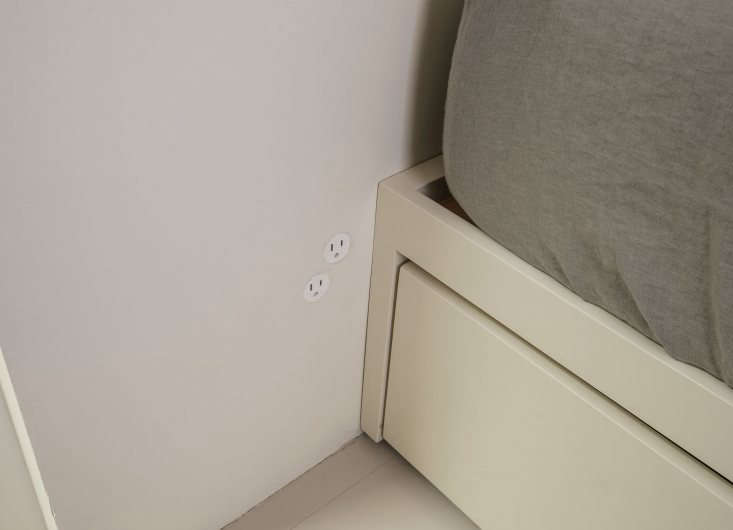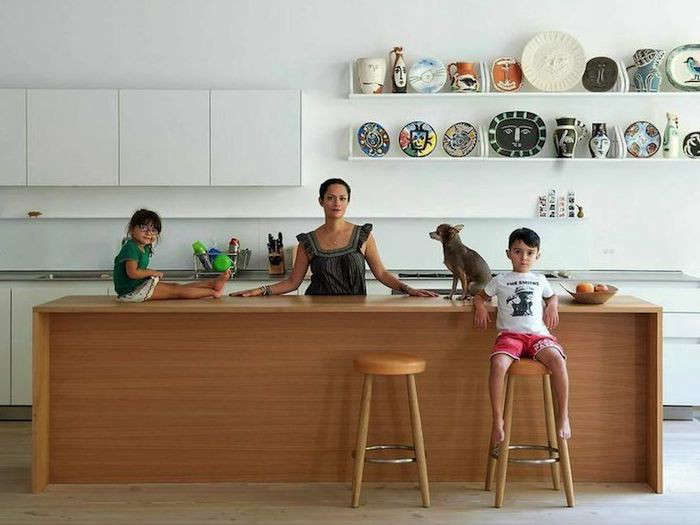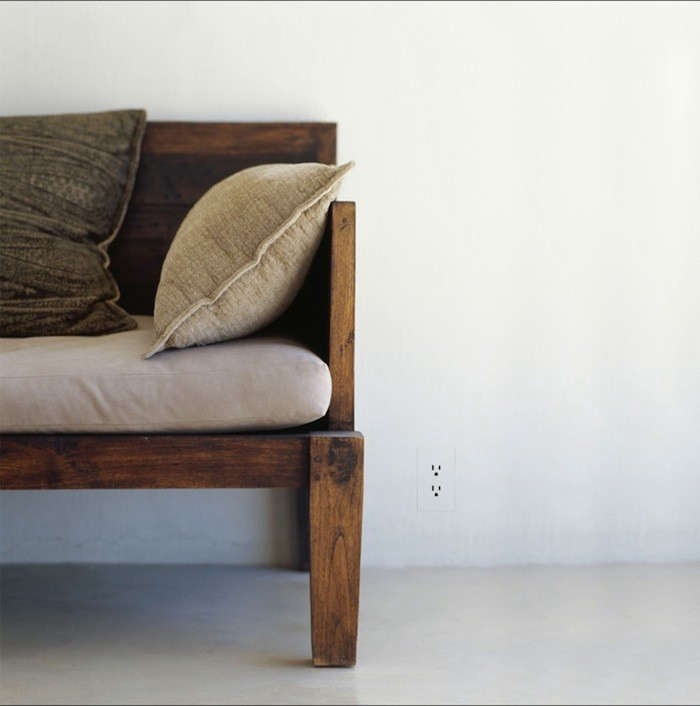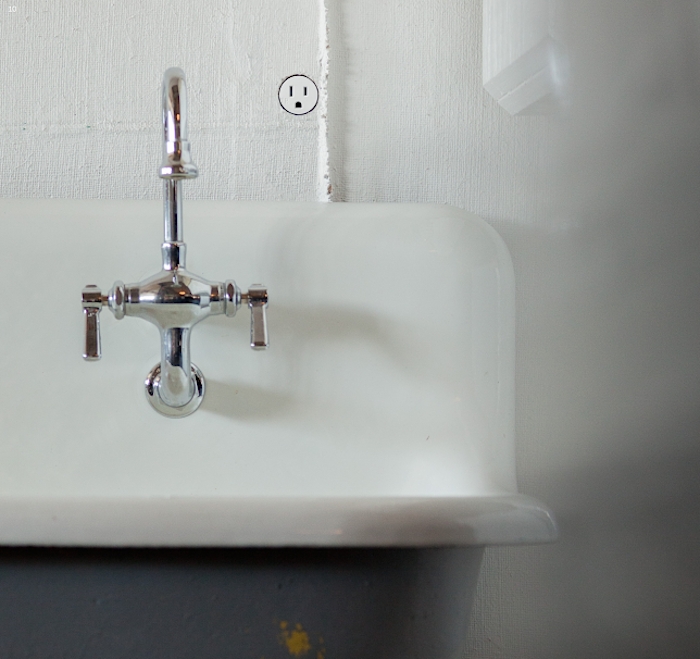Power outlets, data jacks, and light switches are the eyesores of interior design. The most common solution is the path of least resistance: We try to ignore them and their cumbersome cover plates. Others take the makeover approach and dress up cover plates to blend with backgrounds. Hiding outlets and switches is another popular option—but one that’s not always possible because of code, safety, and convenience.
What if instead we could make our power sources and controls almost invisible? A new generation of products is making this possible. Sorry, cover plates, we won’t miss you.


What are flush-mount power outlets and switches?
Flush-mount power outlets (including switches, data jacks, and keypads) are installed directly into walls so that the outlet surface is flush, eliminating the need for cover plates. Flush-mount outlets integrate seamlessly with their surroundings: No more wall clutter.


Where can flush-mount outlets be used?
They can be placed anywhere a regular indoor receptacle would go—and, thanks to their slim profile, are less restricted than other outlets from an aesthetic point of view. But note that they’re subject to the same electrical codes and restrictions as all receptacles (no horizontal surface-mounting in the kitchen, for example, because of the hazard of having liquids seep into the outlets).


How are flush-mount outlets installed?
Flush-mount outlet placement is part of the drywall installation process—so it’s only an option for remodelers and people doing construction. The electrical wall box/container is placed within the drywall and “mudded in” using common construction and finishing techniques by an electrician and drywall installer. This is not a DIY project. Installation varies depending on the make of the particular outlet, but generally the electric receptacle is put in after the box is embedded in the wall. Some models are designed with a fascia plate that fits seamlessly into the face of the receptacle box, flush with the wall. Not to worry, repairs do not require more holes in the wall: Outlets can be removed to access wiring after installation.

California company Trufig offers a family of flush-mount products including switches, power outlets, data jacks, keypads and touch panels. Unlike Bocci’s outlets, Trufig’s come with fascias, thin faceplates that fit flush on top of the inset receptacle box. The fascias can be treated the same way as walls–they can be painted, faux finished, wallpapered, or laminated with a material, including stone.

How much do flush-mount outlets cost?
The initial outlay for flush-mount outlets is well above that of your standard electrical outlet (the Trufig Single Outlet runs close to $300 for all the necessary parts, about 10 times more than a standard outlet). Manufacturers contend that while the initial costs are higher, other costs associated with efforts to hide outlets after installation are eliminated. To keep expenses in control, consider using flush outlets only in main living areas that are exposed.


I’m not doing a remodel. Are there alternatives to flush-mount outlets for reducing cover plate clutter?
If you can’t hide the cover plates, try to make them attractive: Work room by room to switch up the cheap plastic models with affordable metal, porcelain, or wood ones—or plates that blend into your decor.
Consider outlet camouflage in the form of recessed outlets that enable you to hide protruding plugs behind furniture, appliances, or a flat-screen TV. Or try pop-out outlets that disappear when not in use.

For a selection of unobtrusive and upgraded electrical covers, see:
- 10 Easy Pieces: Problem-Solving Electrical Outlets/Covers
- Remodeling 101: The Small but Mighty Smart Plug
- 10 Easy Pieces: Floor Outlets
N.B.: This post is an update; the original story ran on September 11, 2014.




Have a Question or Comment About This Post?
Join the conversation (15)